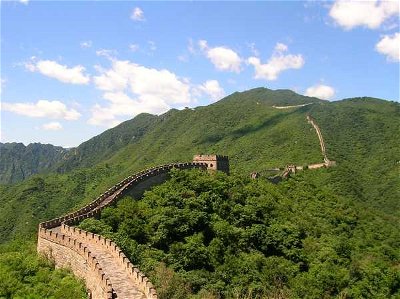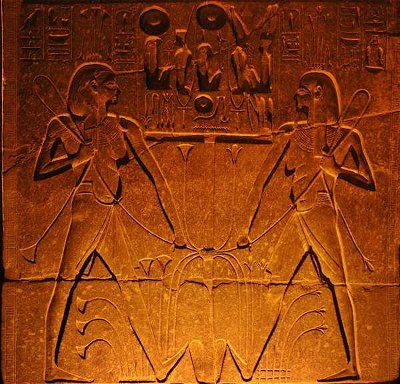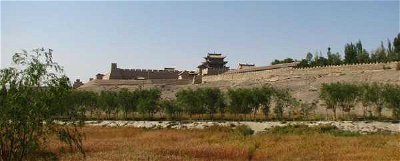 The Great Wall of China may be the first that comes to mind when you think of walls, but they have been building barrier walls all over the place for a long time. Let's visit ten of them.
The Great Wall of China may be the first that comes to mind when you think of walls, but they have been building barrier walls all over the place for a long time. Let's visit ten of them. Easier, 10 Qns, looney_tunes,
Sep 24 18
 The Great Wall of China may be the first that comes to mind when you think of walls, but they have been building barrier walls all over the place for a long time. Let's visit ten of them.
The Great Wall of China may be the first that comes to mind when you think of walls, but they have been building barrier walls all over the place for a long time. Let's visit ten of them.  I am not portending your doom with this quiz. Rather, I challenge you to identify the significance of these inscriptions. Enjoy!
I am not portending your doom with this quiz. Rather, I challenge you to identify the significance of these inscriptions. Enjoy!  The Great Wall of China is actually a complex system of barriers, built in stages over several thousand years. We will visit some of the main sections of the wall as constructed during and since the Ming Dynasty, traveling from west to east.
The Great Wall of China is actually a complex system of barriers, built in stages over several thousand years. We will visit some of the main sections of the wall as constructed during and since the Ming Dynasty, traveling from west to east. |
|
 = Top 5% Rated Quiz,
= Top 5% Rated Quiz,
 Top 10% Rated Quiz,
Top 10% Rated Quiz,
 Top 20% Rated Quiz,
Top 20% Rated Quiz,
 A Well Rated Quiz
A Well Rated Quiz
· All questions, answers, and quiz content on this website is copyright FunTrivia, Inc and may not be reproduced without permission. Any images from TV shows and movies are copyright their studios, and are being used under "fair use" for commentary and education.